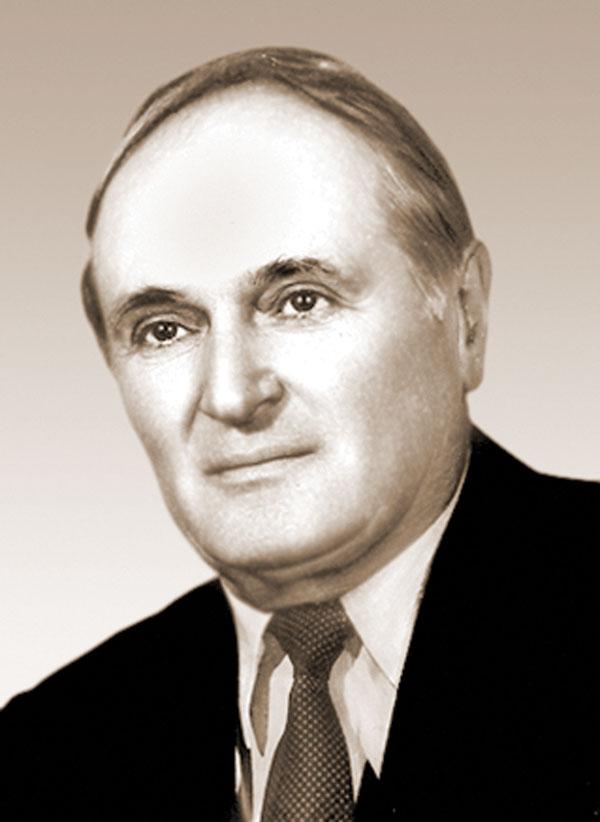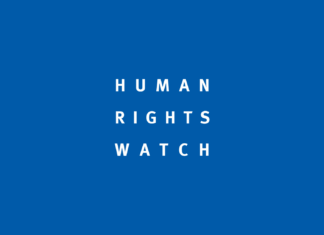By Artsvi Bakhchinyan
Special to the Mirror-Spectator
YEREVAN — A new anthology of academic papers, Collection of the Conference Papers Dedicated to the 90th Anniversary of Academician Vladimir Barkhudaryan, was published recently by the Institute of History, National Academy of Sciences of Republic of Armenia (NASRA). The conference was held at the same Institute on September 27, 2017. The editor of the volume is Academician Ashot Melkonyan, it is designed by Gevorg Stepanyan, Artsvi Bakhchinyan and Elizabeth Tajiryan.
Academician Vladimir Barkhudaryan (1927-2017), historian, doctor of historical sciences, professor, Honored Scientist of the Republic of Armenia, organizer of academic life, was a well-known and esteemed figure among the academic circles of Armenia and Diaspora. He started work at the Institute of History of the Academy of Sciences of the Armenian SSR in 1958: as a scientific secretary (1959-1963), senior scientific fellow (1963-1967), and deputy director (1967-1990). At the same time, starting in 1975, he taught at Yerevan State University. From 1990 to 2016, he was the head of the department of Armenian communities and Diaspora of the Institute,. Barkhudaryan occupied high position at NASRA: member of the Presidium, academic secretary of the NASRA, vice president and academic secretary, vice president and academic secretary of the Department of Armenology, Humanities and Social Sciences. The main areas of his research were the history of Armenian communities, Armenian-Russian relations, Armenian historiography and Armenian culture in Middle Ages. Barkhudaryan was the author of more than 100 scientific works, including school textbooks on the history of the Armenian people, as well as monographs on various Armenian communities of Russia.
Eighteen articles in the volume are in Armenian, but there are also three articles in French and one in Italian. The majority of the contributors are researchers of the department of Armenian communities and Diaspora of NASRA. They all have English summaries; some are with illustrations.
The volume opens by the words of appreciation of Armenologist, philosopher, Archbishop Levon Zekiyan, entitled “A bouquet of Flowers on your Grave, Dear Valodia,” an appreciation of the academic and personal qualities of the late historian. Archbishop Zekiyan, a lifelong close friend of Barkhudaryan, shares his personal memories about his “older brother.”









